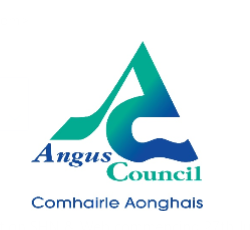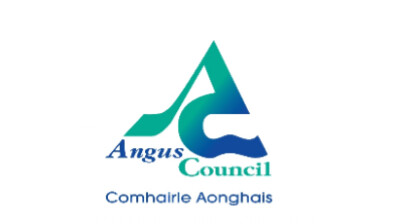Budget challenge facing Angus Council as it seeks to make massive savings

Enormous challenges lie ahead for Angus Council as it seeks to make massive savings and still provide high standards of services to its communities, the local authority has warned.
A perfect and damaging storm – with the medium to long-term implications of Covid-19 and Brexit on local government finances still emerging and uncertain; the ongoing war in Ukraine; a steep rise in inflation and energy costs; real-terms cuts in Scottish Government funding over recent years; and the overall cost of living – is placing unprecedented pressure on the funds available to provide the efficient and effective level of service that the public expects.
With £52 million in savings required to be made over the next three years, Angus Council faces a huge mismatch between the level of resources at its disposal and the statutory duties it must carry out.
Council leader, Councillor Beth Whiteside, said “things have to and will inevitably change” and services that have been protected until now, will be affected as the council seeks to bridge the funding gap.
Ms Whiteside said: “No-one wants to hear that council tax bills will rise or that services will be cut, but we have to be honest about the scale of the challenge facing us.
“We need to find the right balance between cutting costs and continuing to prioritise the tackling of poverty and delivering the services upon which our communities depend.”
The council’s finance convener, Councillor Bill Duff, added: “Officers and elected members have worked very hard to craft this year’s budget. That has involved hard choices and will include increases in charges and Council Tax.
“However, Angus faces several more years of increasing difficult challenges to obtain a balanced budget and the public must expect more service reductions and increased charges in the years to come.”
In a report to elected members, Angus Council director of finance Ian Lorimer highlighted the areas where the council currently spends money. As budget setting for 2023-24 approaches, it allows councillors and the public to see where the most significant funds are spent.
Mr Lorimer said: “Like all councils in Scotland, this Council faces enormous challenges in the next few years to remain financially sustainable and will have to make significant reductions in its costs and increases in its Council Tax, fees and charges to keep its finances in balance.
“The scale of the financial challenge and the consequences of addressing it mean it is more important now than ever that there is a clear understanding about where the council currently spends the money it has and how this will have to change in the future.
“Angus Council has worked extremely hard to make £78m in savings over the last decade and still provide best value, as reported by Audit Scotland. But the challenge facing us now is on a scale we haven’t seen before and, without significant change, puts the council at risk of being financially unsustainable.
“Cuts in expenditure on this scale mean it is inevitable that the areas where the council spends most will have to be looked at for savings.”
Angus Council receives 19% of its overall funding from Council Tax. It would take an increase of 88% in the current level of Band D Council Tax (currently £1242.14) if Council Tax alone was to fill the £52m void. That is not a realistic or sensible option, but with the level of Council Tax in Angus being one of the lowest in Scotland, it is likely to rise.
Greater collaboration and working with partners and communities are also likely to play a growing role in the future but it is inevitable that much of the funding gap will have to be addressed by direct service cuts and reductions in staff.
This is brought into sharper focus by the reality that the majority of council spending is in schools, adult care services and waste services, where opportunities for voluntary or collaborative working is either limited or already maximised.
Mr Lorimer said: “The council has a strong track record of improving its efficiency to make its budget balance – much of the £78m saved in the last 10 years has been possible by being innovative and delivering change, which has had limited negative impact on the services the council provides. Efficiency improvements will, of course, continue to be sought, but the scale of the problem goes well beyond what is possible to deliver from efficiencies alone.”
As highlighted in the council’s Corporate Risk Register, the risk of the council becoming financially unsustainable and being able to meet all its statutory duties is very high and that risk will increase without a rethink about what councils are required to do and how they are funded.








